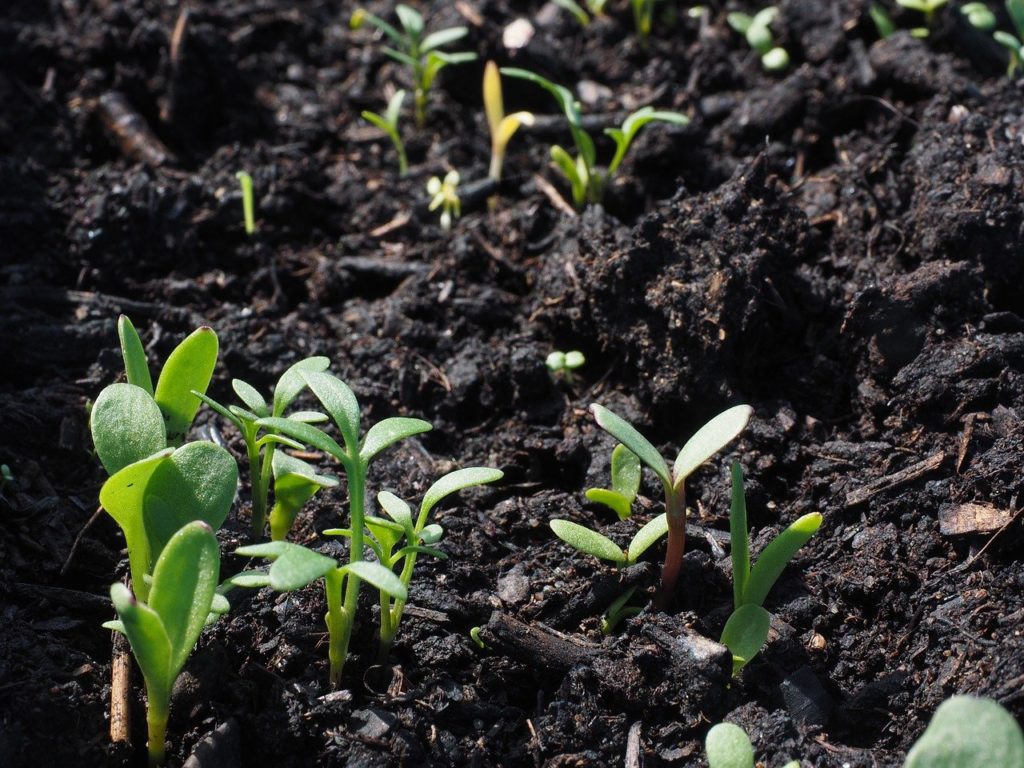Many weed seeds – move to online shops to get a massive amount of useful information, concerning medical cannabis – can be sown directly into flower beds, given:
- suitable space
- compost
1. Prepare the soil. Remove any weeds and large pebbles and, if you haven’t composted the bed for a while, do so now – adding a few handfuls of bone meal at the same time. Dig the soil over well.
2. Level the soil and walk over it lightly to tamp it down a little – this will release any air bubbles and prevent it from sinking once the seeds have been sown. Then use a rake to loosen the surface level lightly.
3. If you plan to group different flowers in the same bed, you can mark the separate areas with river sand bought from your local nursery. But don’t lay out large blocks too precisely if you want an informal look. You can also buy packets of mixed seeds to sow in a single bed for a colorful look.
4. Mark rows in the beds with a stick. Sowing the seeds in straight lines makes it easier to distinguish between seedlings and weeds once they sprout. Sow the seeds in the rows. Don’t scatter them too densely, but sow more than you think you’ll need to ensure a successful display. You can always thin out the seedlings later.
5. Gently cover the seeds with soil.
6. Water well with a sprinkler rosette and keep the soil moist until the seedlings are well established. Thin them out if they sprout too densely.
TIPS
• Wear surgical gloves.
• If your dogs or cats dig or lie in your flowerbeds, fence off the bed with a small barrier.
• The fine wire will thwart birds and guinea fowl intent on eating the seeds; you can lift it as soon as the seeds sprout
Seeds into trays
It is better to sow some seeds into trays before being planted out into flower beds. In this case, all you need is:
• clean plates
• a suitable mixture of seeding soil
• your seeds of choice
Guidelines:
1. Make sure your seed tray is clean and fill it to the top with the soil.
2. Press the ground down by hand until it’s about 1cm from the top of the tray, then water well with a beautiful sprinkler rosette.
3. Draw lines in the soil with your finger or a stick.
4. Carefully sow the seeds in the rows; plant larger seeds such as sunflowers and zinnias individually. Be careful not to sow wonderful seeds such as poppies and larkspurs too densely.
5. Cover the seeds with a fine layer of seeding soil. Water the seeds with a beautiful sprinkler rosette and stand them in a cool place, keeping the ground moist until the seeds have germinated.
6. Once your seedlings are about 5cm tall or have one or two leaves, transplant them into individual seed trays so that each seedling has room to grow. Carefully water the soil before doing this and gently lift the seedlings to prevent damaging the roots. Once the individual seedlings have grown into healthy young plants, it’s time to bed them out. Water regularly and you’ll enjoy a lovely display within two to three months.
Storing Seeds
• If you have leftover seeds, carefully close the packet and save it in a cool, dry place. But check the expiry date and sow the remaining seeds before then.
• If your flowers have bloomed and bolted (gone to seed), store any seeds you’ve collected in paper bags, not plastic, and keep in a cool, dry space.
TIP
Don’t buy too many seeds at a time. Instead, start small and sow more once you’ve achieved success. And don’t despair if you aren’t successful the first time around – keep trying!
